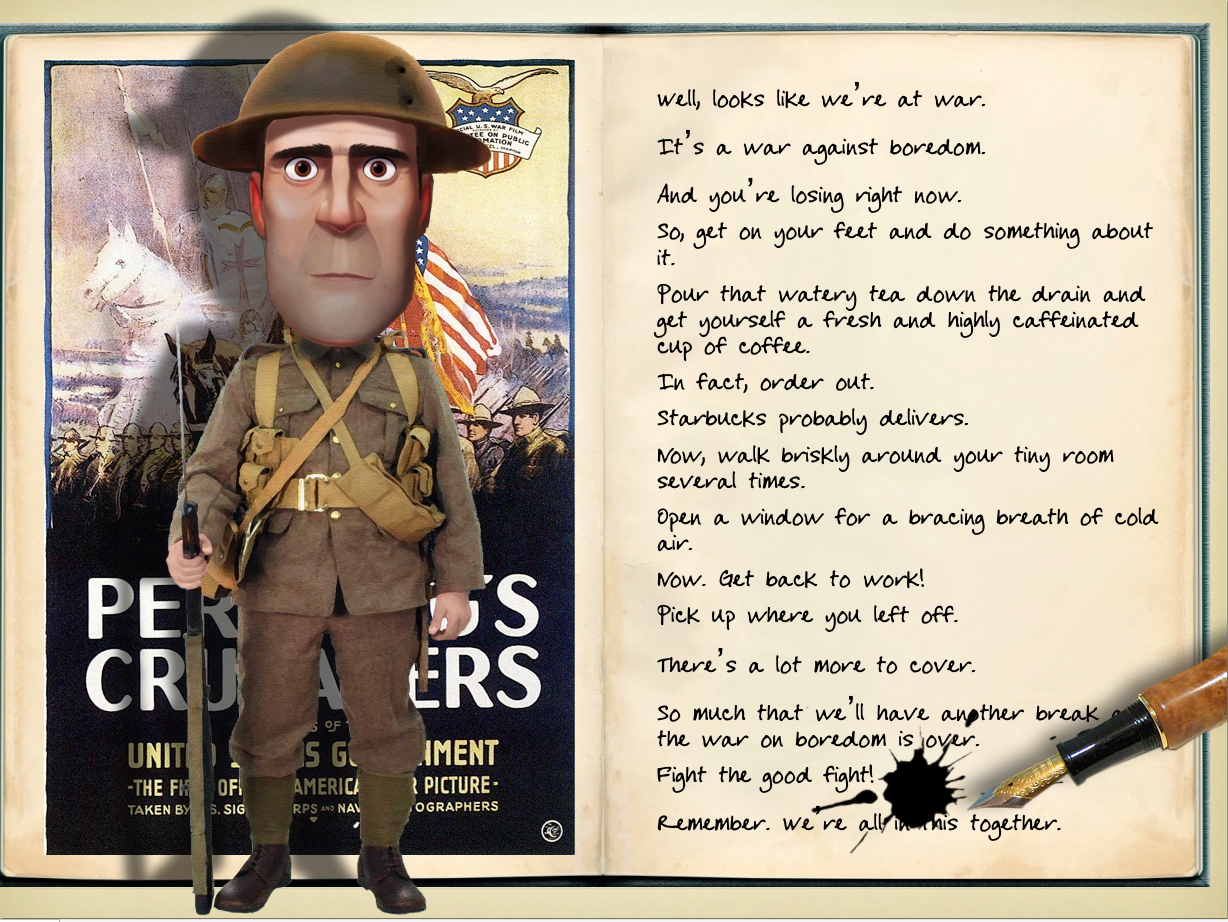Staying Creative with Zoom
Two UO professors shed light on their unique approaches to online lectures.
By Makenzie Elliott
How do you engage students through a computer screen?
This question has been at the forefront of many professors' minds this year, as they struggle to navigate how to best take advantage of online education. While the situation remains frustrating for many, some professors have found inspiration from the challenge, creating engaging ways to bring their online lectures to life.
Thomas Bivins, a professor at the School of Journalism and Communication, recalls feeling underprepared when the University of Oregon switched to online learning a year ago. Bivins had to resurrect a variety of skills he collected over the years, he says, including audio, video and editing skills.
Along with these more essential production aspects, however, Bivins brought another creative medium to his lectures: animation. Characters like Mark Twain and William Shakespeare come to life in his J397: Media Ethics class throughout his videos each week, usually accompanied by sound effects and character voice-overs.
“I get to use all the creative talents that I actually have,” Bivins says. “And my classes are about the only place I show that stuff off.”
Like Bivins, Scott Fisher, an astronomy professor at the UO, utilizes a creative approach when creating his lectures. After a few attempts of recording videos from his computer, Fisher knew it was not going to work. That’s when he recalled hearing about a production studio in the Knight Library where he could record his lectures as if he were teaching in person.
The studio's two full-sized television-grade cameras allow Fisher more freedom than a single computer camera, he says. It also allows him to walk around and talk with his hands as if he had a live audience.
“It felt much more natural to me to be able to stand up there, walk back and forth, point to things on the screen,” he says. “And all that stuff really freed me up to be myself.”
Fisher recalls experiencing an initial learning curve, but once he adapted to the cameras and built synergy with the cameraman, the process became more fun and engaging.
“It looks like there's a little more production involved,” Fisher says about his lectures. “And I think the students really resonate with that.”
Despite their apparent success with the online platform, Bivins and Fisher note that online is not the same as in-person learning.
“A year off of in-person teaching has made me realize how much I liked it. I miss it,” Fisher says. “It motivates me, it gets me fired up seeing the students get excited.”
Bivins also misses aspects of in-person learning, but he says he is not yet ready to return in-person for large classes. He says he enjoys the accessibility of online learning and feels inspired by the new challenge.
“I'm not burned out, I’m reignited,” Bivins said. “I feel, literally, reignited by this opportunity to do something different for a change.”





